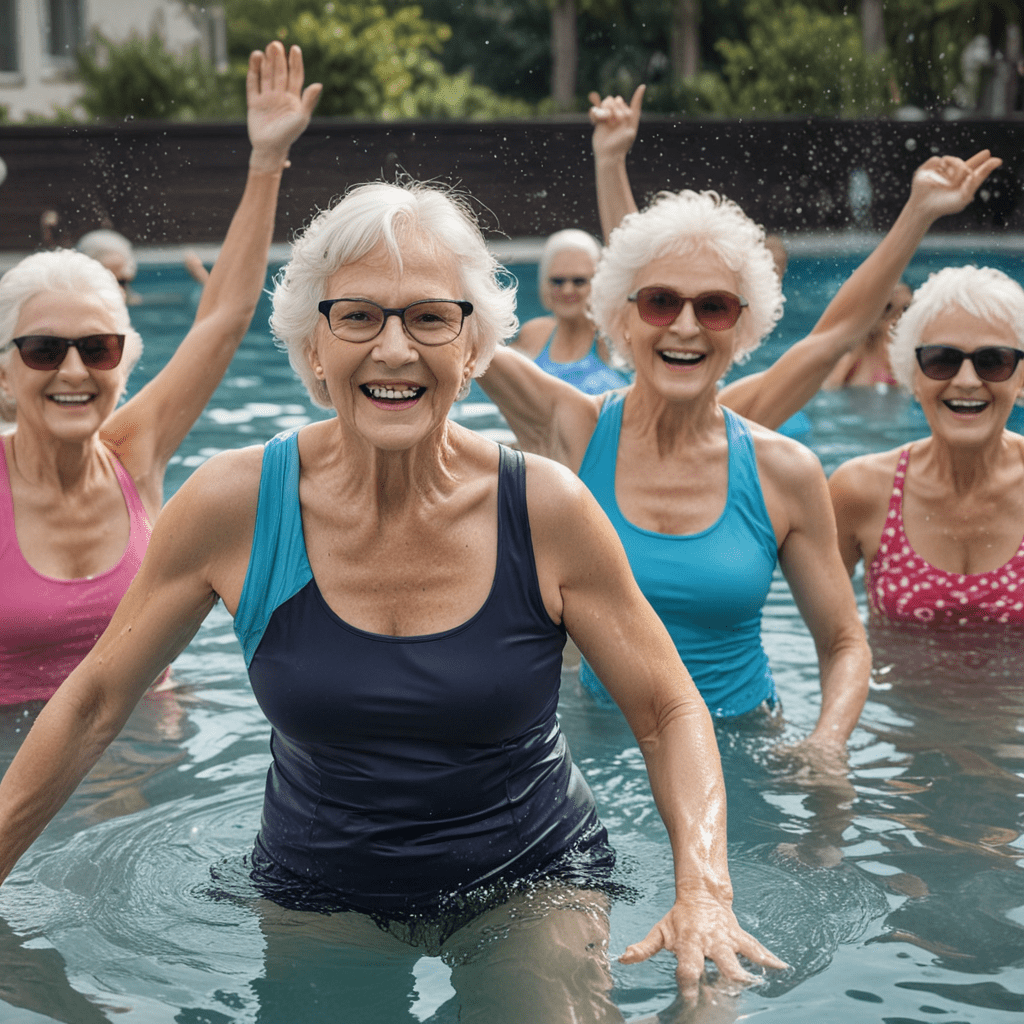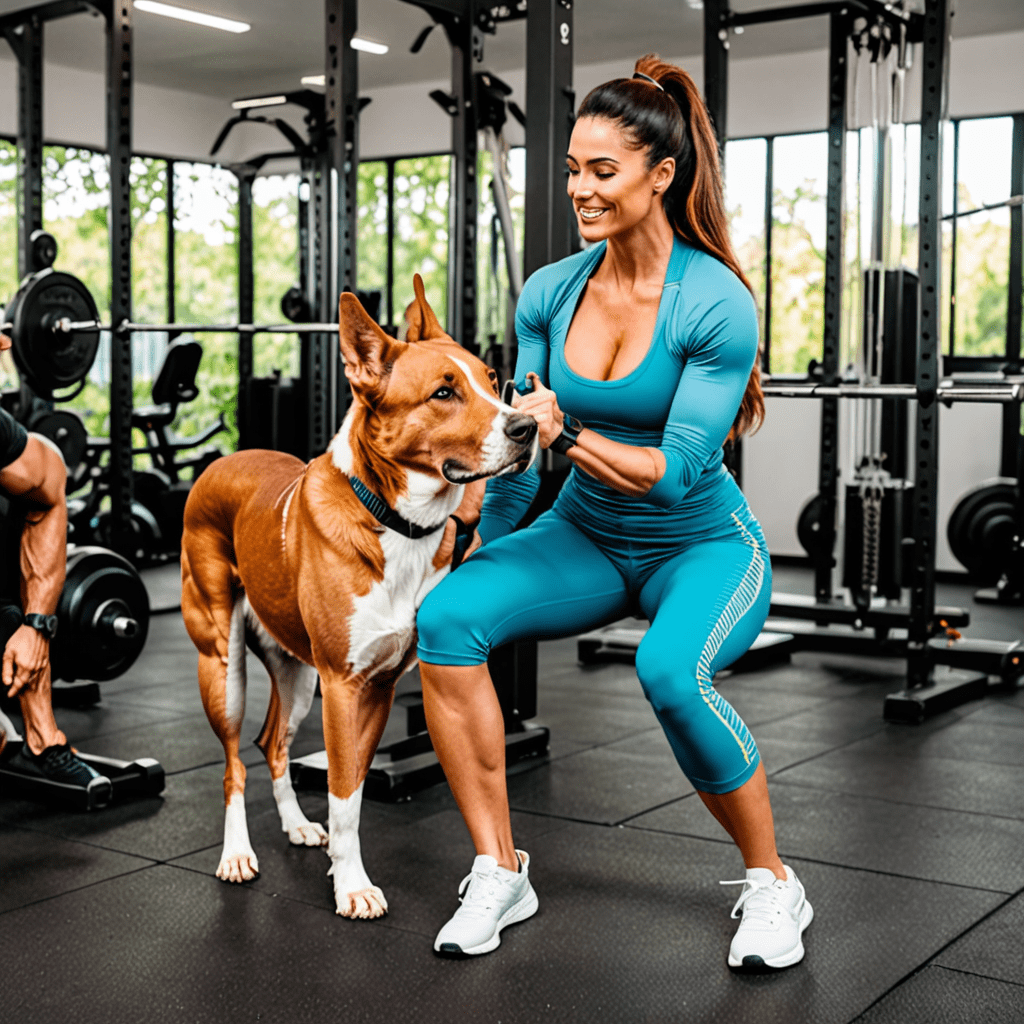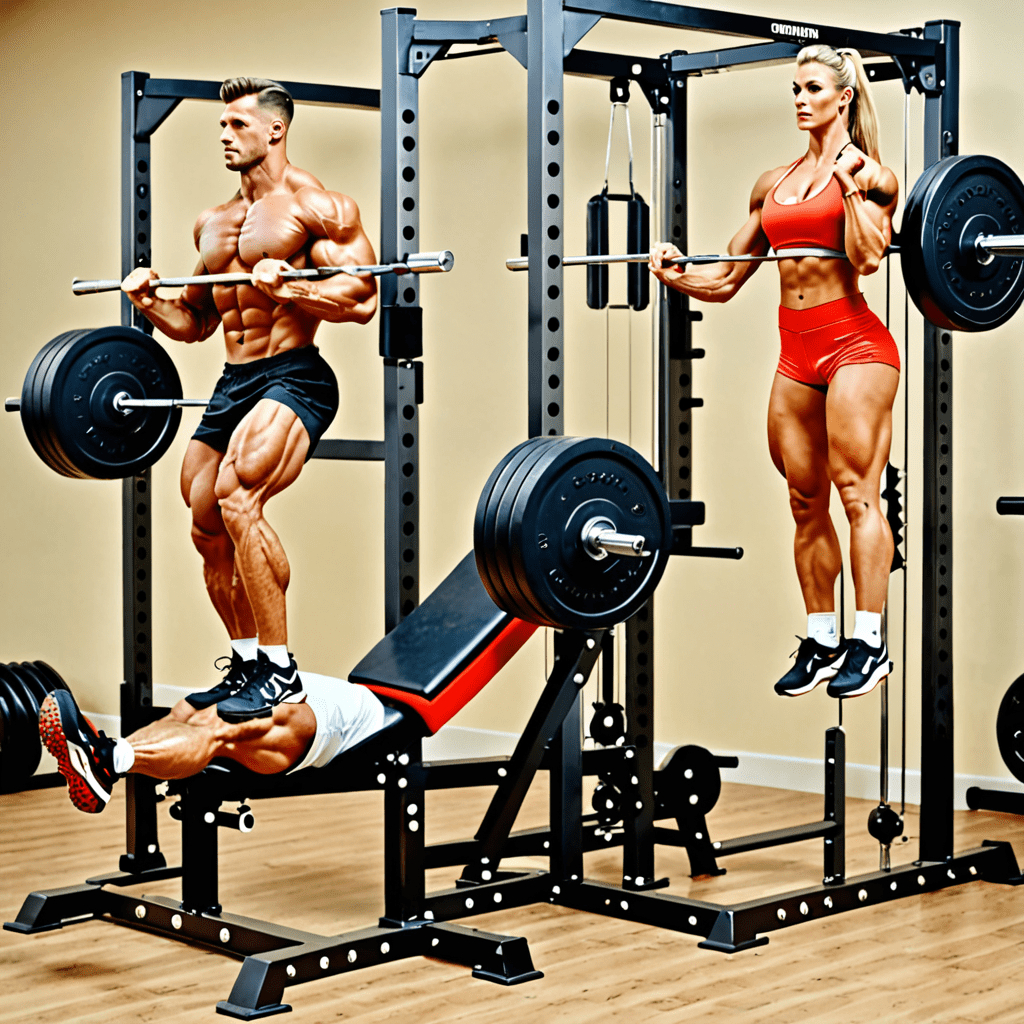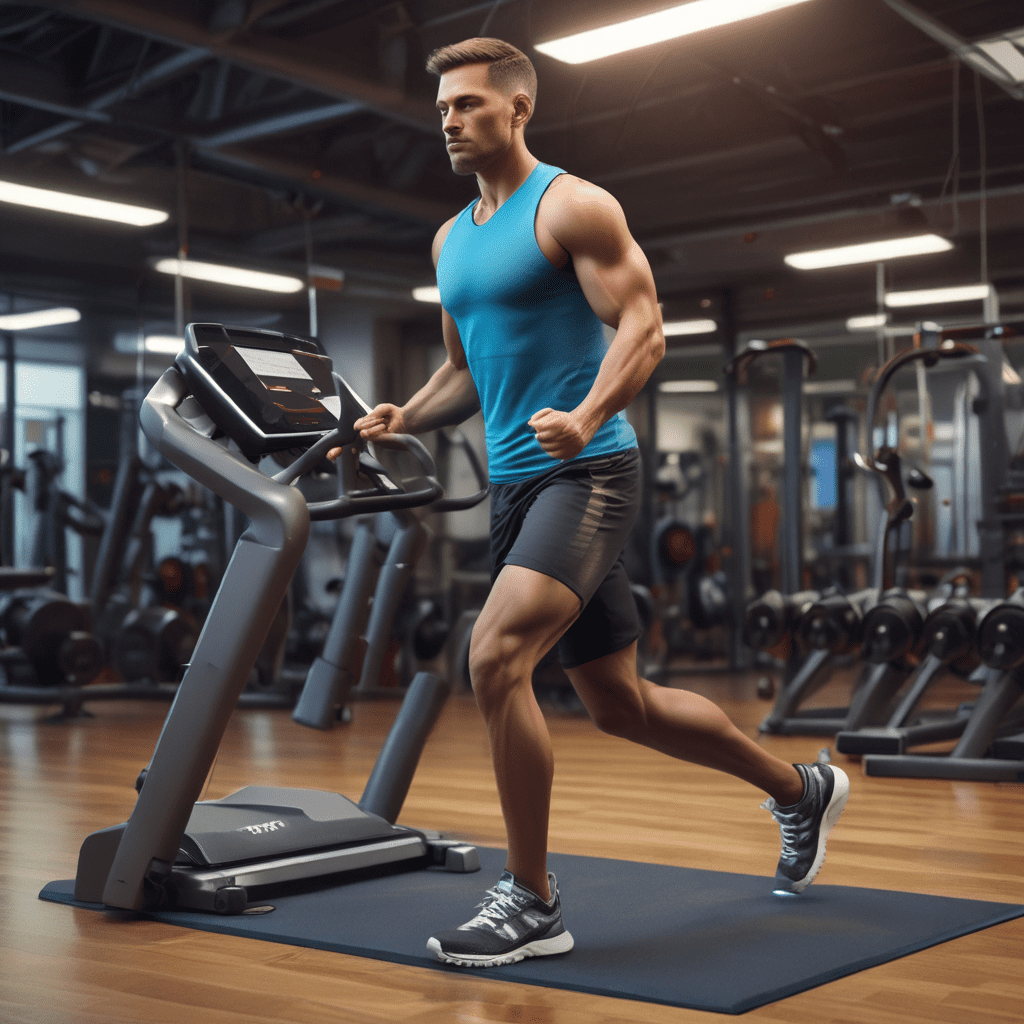
Water Aerobics for Seniors: A Fun and Low-Impact Workout
Introduction
For seniors, maintaining physical activity is crucial for overall well-being. Water aerobics stands out as an excellent choice due to its low-impact nature and numerous health benefits. Unlike land-based exercises, water provides buoyancy, reducing stress on joints and allowing for greater freedom of movement.
Benefits of Water Aerobics
Joint Protection
Water buoyancy supports up to 90% of body weight, minimizing strain on joints, making it ideal for individuals with arthritis, osteoporosis, or other joint conditions. Low-impact exercises like water aerobics protect joints from excessive wear and tear, reducing pain and improving mobility.
Improved Cardiovascular Health
Water aerobics raises heart rate without placing undue stress on the body. The resistance provided by water challenges the cardiovascular system, strengthening the heart and improving blood circulation. Additionally, water's cooling effect prevents overheating, allowing seniors to exercise longer and more effectively.
Enhanced Muscular Strength and Flexibility
Water exercises offer resistance in all directions, promoting balanced muscle development. Regular participation in water aerobics strengthens major muscle groups, improving overall strength and functionality. The buoyancy also facilitates stretching and flexibility exercises, increasing range of motion and reducing stiffness.
Reduced Risk of Falls
Water aerobics helps improve balance and coordination, reducing the risk of falls. As seniors age, their balance naturally declines, but water exercises challenge their stability and strengthen muscles that support balance, increasing their overall safety and independence.
Safety Considerations
Monitoring Heart Rate
Seniors should monitor their heart rate during water aerobics to ensure they stay within their target range. Checking pulse regularly and resting when needed is essential to prevent overexertion.
Avoiding Overexertion
Listening to one's body and avoiding overexertion is crucial. Starting slowly and gradually increasing intensity over time is recommended. Resting when needed and avoiding pushing oneself too hard can prevent injuries and ensure a safe workout.
Checking Water Temperature
Water temperature should be comfortable, typically between 84-88°F (29-31°C). Cold water can increase heart rate and blood pressure, while excessively warm water may cause overheating. Checking the water temperature before entering is essential for safety.
Socialization and Support
Building Relationships with Other Participants
Water aerobics classes provide opportunities for seniors to connect with others, build friendships, and feel part of a community. Sharing experiences and laughter during workouts can enhance the overall experience and make exercise more enjoyable.
Feeling Part of a Community
Participating in water aerobics classes fosters a sense of belonging and camaraderie among participants. Interacting with like-minded individuals creates a supportive environment, motivating seniors to stay active and engaged.
Conclusion
Water aerobics offers numerous benefits for seniors, including joint protection, improved cardiovascular health, enhanced muscular strength and flexibility, reduced risk of falls, socialization, and support.
Resources
List of Water Aerobics Classes or Instructors
Contact local recreation centers, community pools, or fitness centers for information on water aerobics classes or instructors in your area.
Websites with Information on Water Aerobics
- The Arthritis Foundation: https://www.arthritis.org/health-wellness/exercise/fitness/aquatic-exercises
- National Institute on Aging: https://www.nia.nih.gov/health/exercise-and-physical-activity
Call to Action
Seniors are encouraged to consult with their doctor to determine if water aerobics is right for them. With its low-impact nature and numerous health benefits, water aerobics is an excellent way for seniors to stay active, improve their overall well-being, and enjoy a fun and rewarding workout.
FAQ
Q: Is water aerobics suitable for seniors with limited mobility?
A: Yes, water aerobics is highly recommended for seniors with limited mobility due to its low-impact nature and buoyancy, which reduces strain on joints and allows for greater freedom of movement.
Q: Can water aerobics help improve balance and coordination?
A: Yes, water aerobics challenges balance and coordination, strengthening muscles that support these functions, reducing the risk of falls and improving overall stability.
Q: How often should seniors participate in water aerobics?
A: Aim for at least two to three sessions per week, each lasting 30-60 minutes. Starting gradually and listening to your body is essential.


